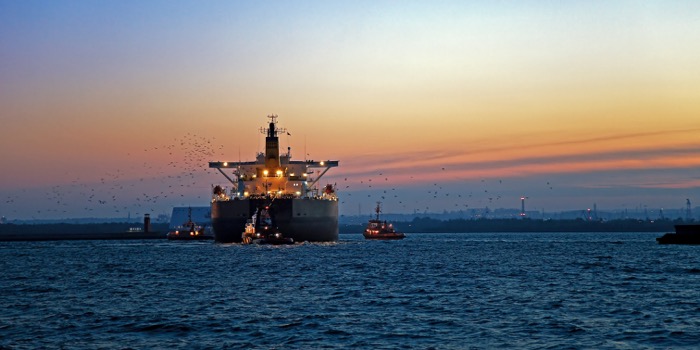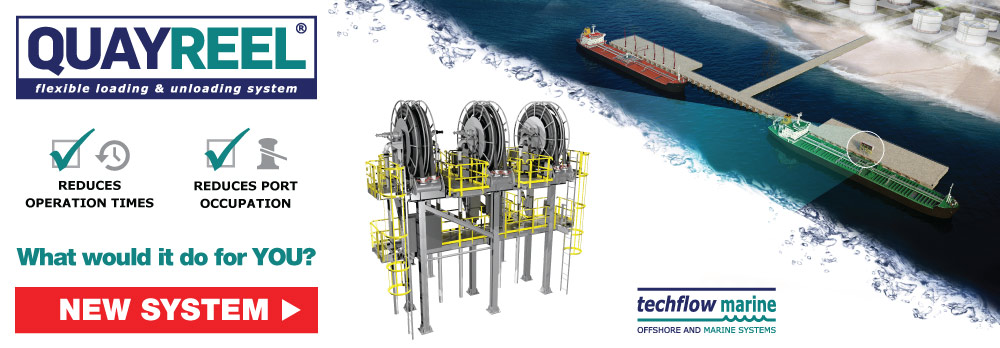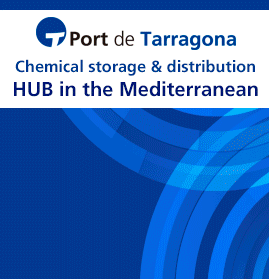Panama Canal growing LNG vessel segment
Representatives from the Panama Canal, led by Administrator Jorge L. Quijano, hosted executives from U.S. LNG exporter Cheniere Energy, Inc. to discuss the waterway’s growing LNG vessel segment and opportunities for future growth.
With LNG emerging as its newest and fastest-growing segment, the Panama Canal has worked closely with shippers as part of an ongoing commitment toward strengthening overall communication and improving service and reliability for customers.

Managing Director, Commercial Operations and Asset Optimization for Cheniere, Eric Bensaude said: “Our visit allowed a greater understanding of the complexities around the Panama Canal operations. We are very appreciative of the collaboration with the Panama Canal to facilitate our 62 transits in 2017, positioning Cheniere as the largest LNG user of the Canal. The Panama Canal and the LNG industry are, together, going through a learning curve. Cheniere is confident in the Panama Canal’s capabilities to adapt in addressing the needs of the growing LNG sector. The success of the Panama Canal is essential to the satisfaction of Cheniere’s customers and to the LNG industry as a whole.”
When the Expanded Canal was inaugurated in June 2016, it opened the waterway up to 90% of the global LNG fleet and allowed LNG producers in the United States to ship natural gas to Asia at competitive prices for the first time. Since then, the Canal’s Neopanamax locks have transited more than 280 LNG vessels, and industry experts expect traffic to continue to rise steadily.
“As exports from the United States increase, LNG transits could increase by 50% by as early as September. The meetings with Cheniere allowed us to hear about customers’ experience transiting the Neopanamax locks first-hand, and to collaborate on ways we can continue meeting this growing demand from the LNG industry,” said Administrator Quijano. “We look forward to working with all of our customers as the industry expands even more.”
Commensurate with current levels of traffic, the Panama Canal offers one reservation slot per day for LNG vessels. The Canal has transited up to two fully loaded LNG vessels a day, when it has been necessary, as part of its efforts to accommodate customers’ needs. In fact, two-LNG-transit days have become more and more frequent as the result of the optimization achieved by traffic scheduling and close coordination with Canal customers. The Panama Canal is also offering more flexibility for LNG bookings so exporters can opt for the Canal route even if that was not the original plan. As expectations for growing LNG shipments materialize, the Panama Canal is already working towards significantly increasing the number of LNG vessels that can transit the Neopanamax locks in a day.
“At the Panama Canal, we strive to provide the highest standards of safe, efficient and reliable service to the global maritime community. To do so, it’s crucial to continually work with, and listen to, our customers so that we can best anticipate their needs and exceed their expectations. In the same way that we have reliably attended to our traditional market segments, we look forward to continuing to work with Cheniere and all of our industry partners so that together we can realise LNG’s bright future at the Canal and deliver value for all of our customers around the world,” said Quijano.
The Panama Canal is run by an autonomous agency of the Government of Panama in charge of managing, operating and maintaining the Panama Canal. The operation of the Panama Canal Authority (ACP) is based on its organic law and the regulations approved by its Board of Directors.
For more information visit www.pancanal.com
5th March 2018














